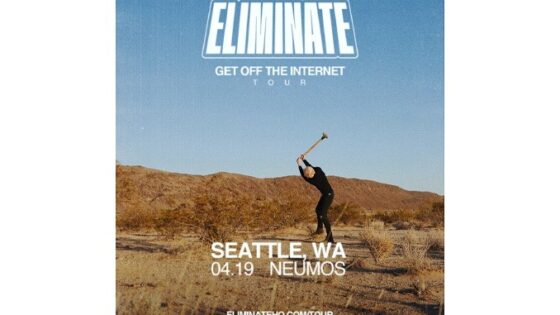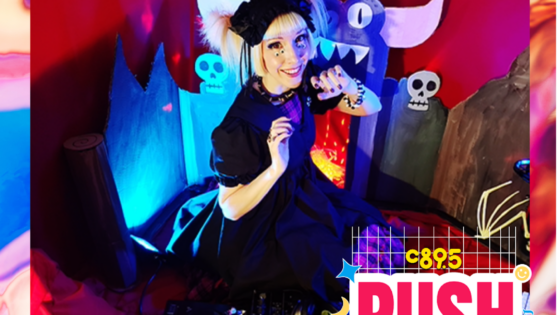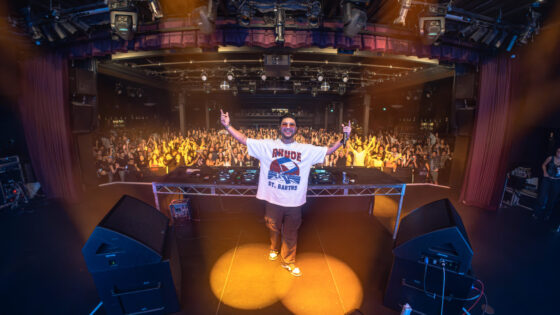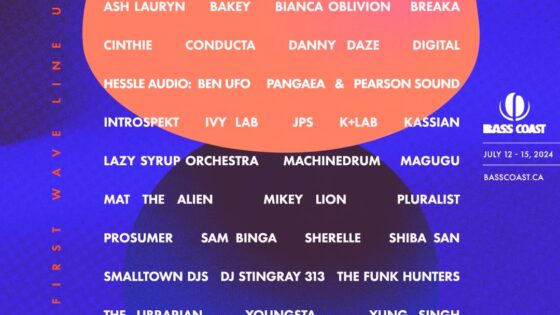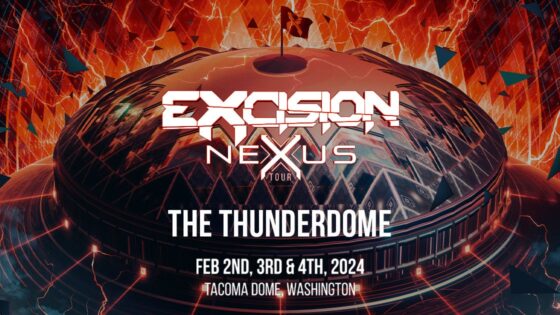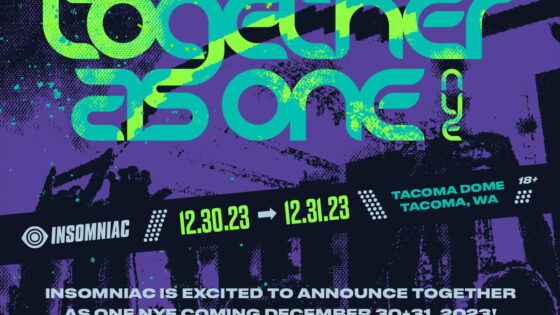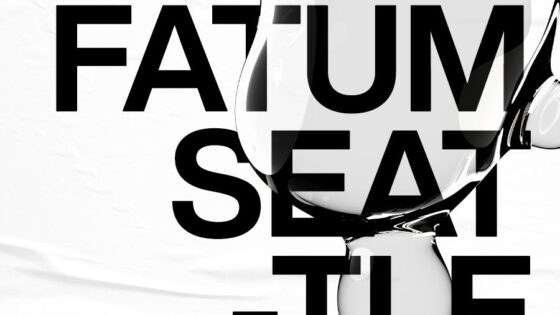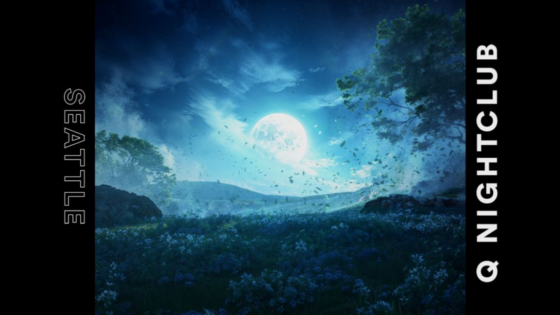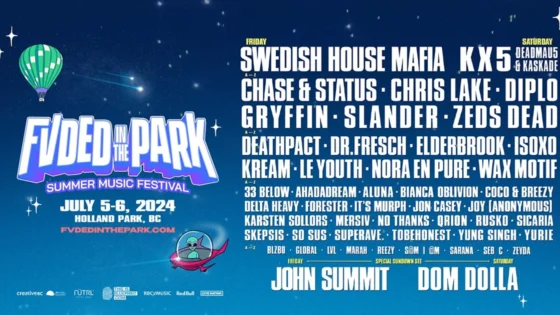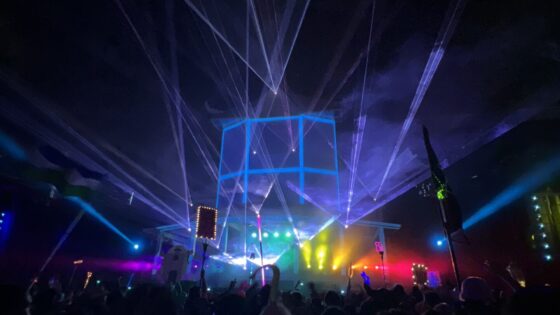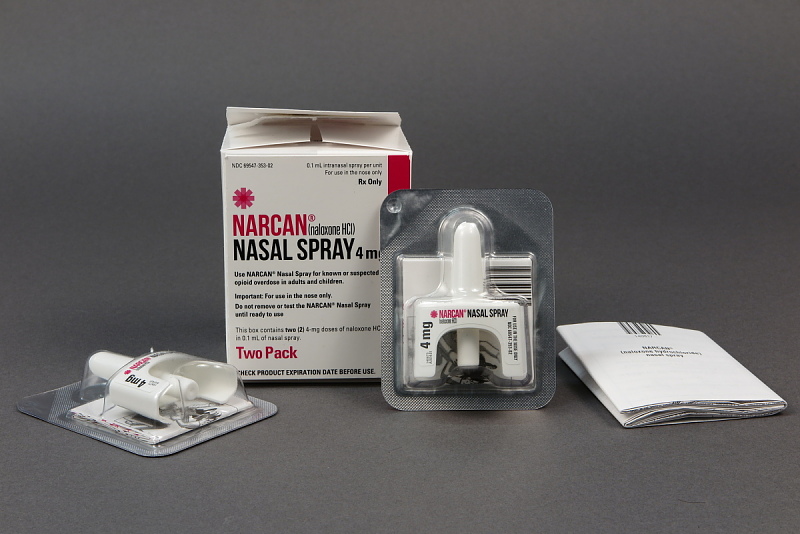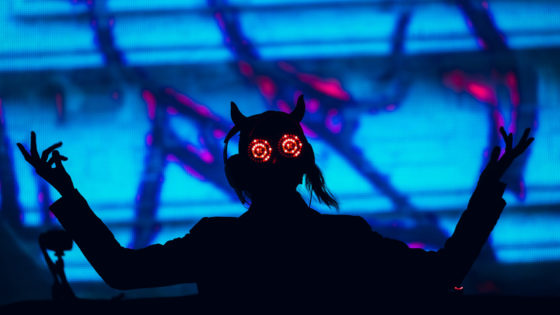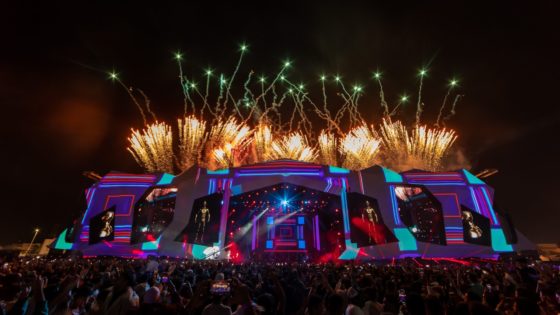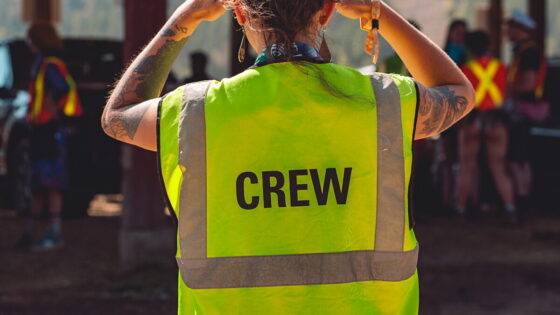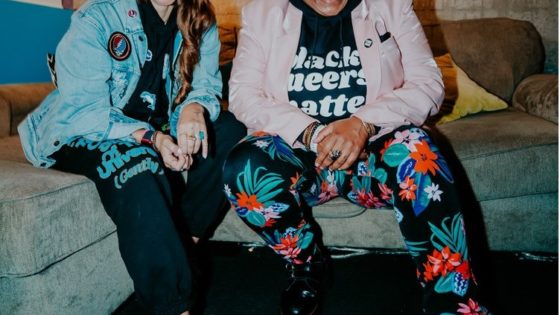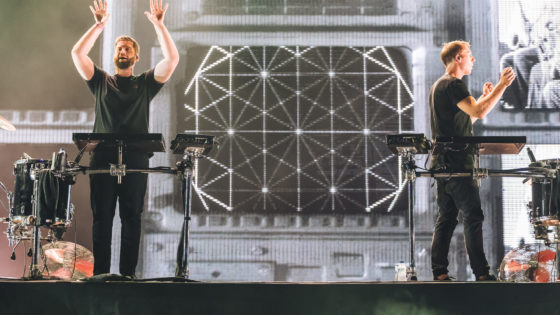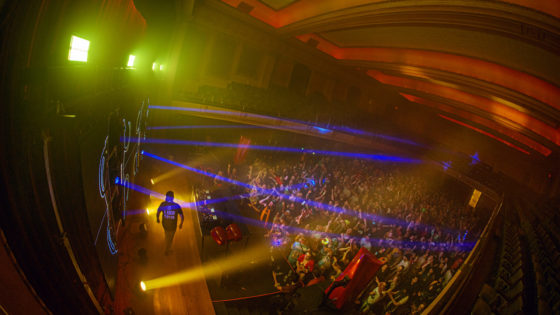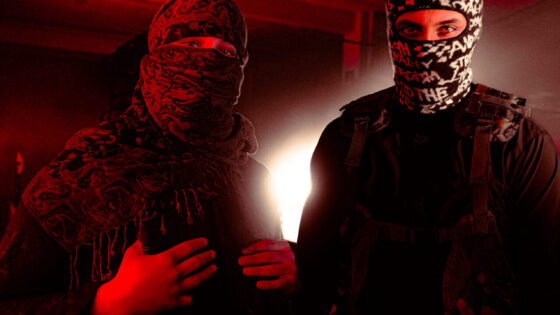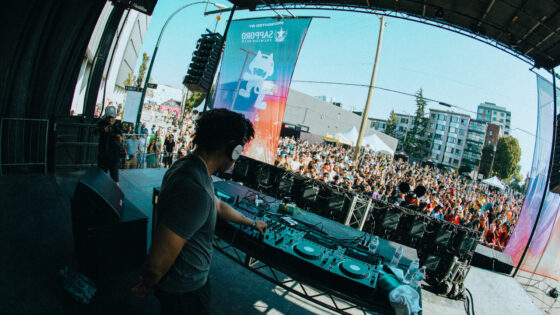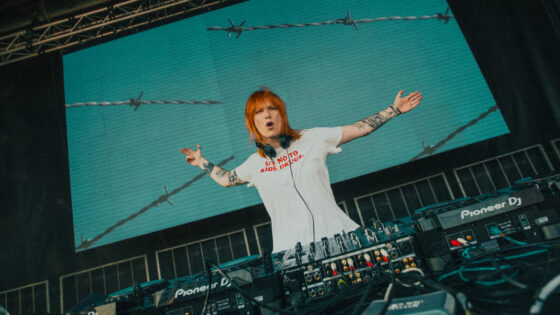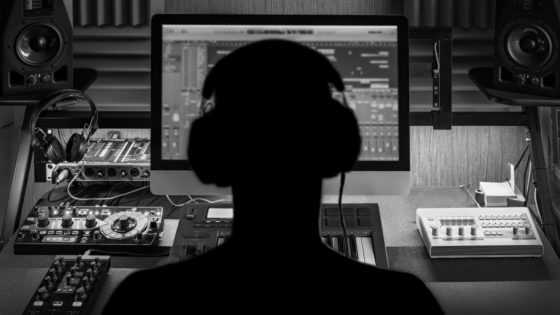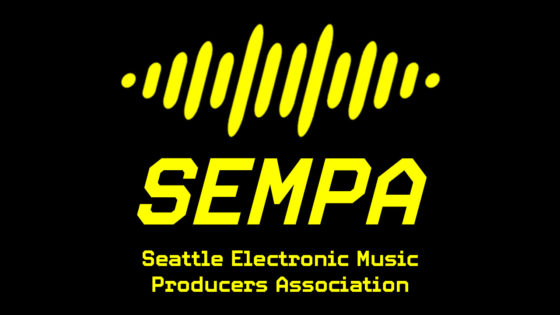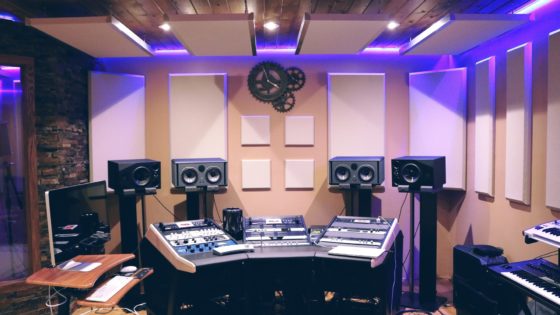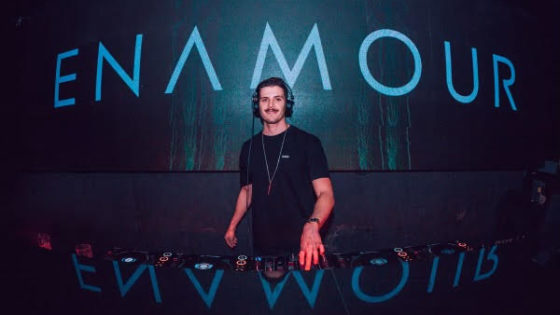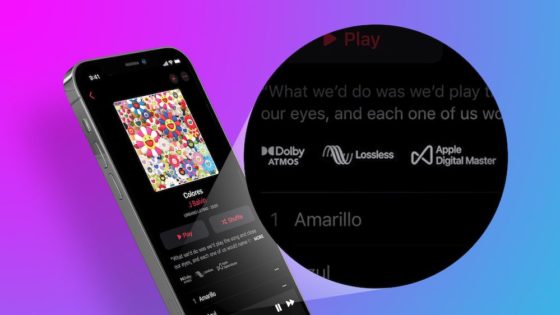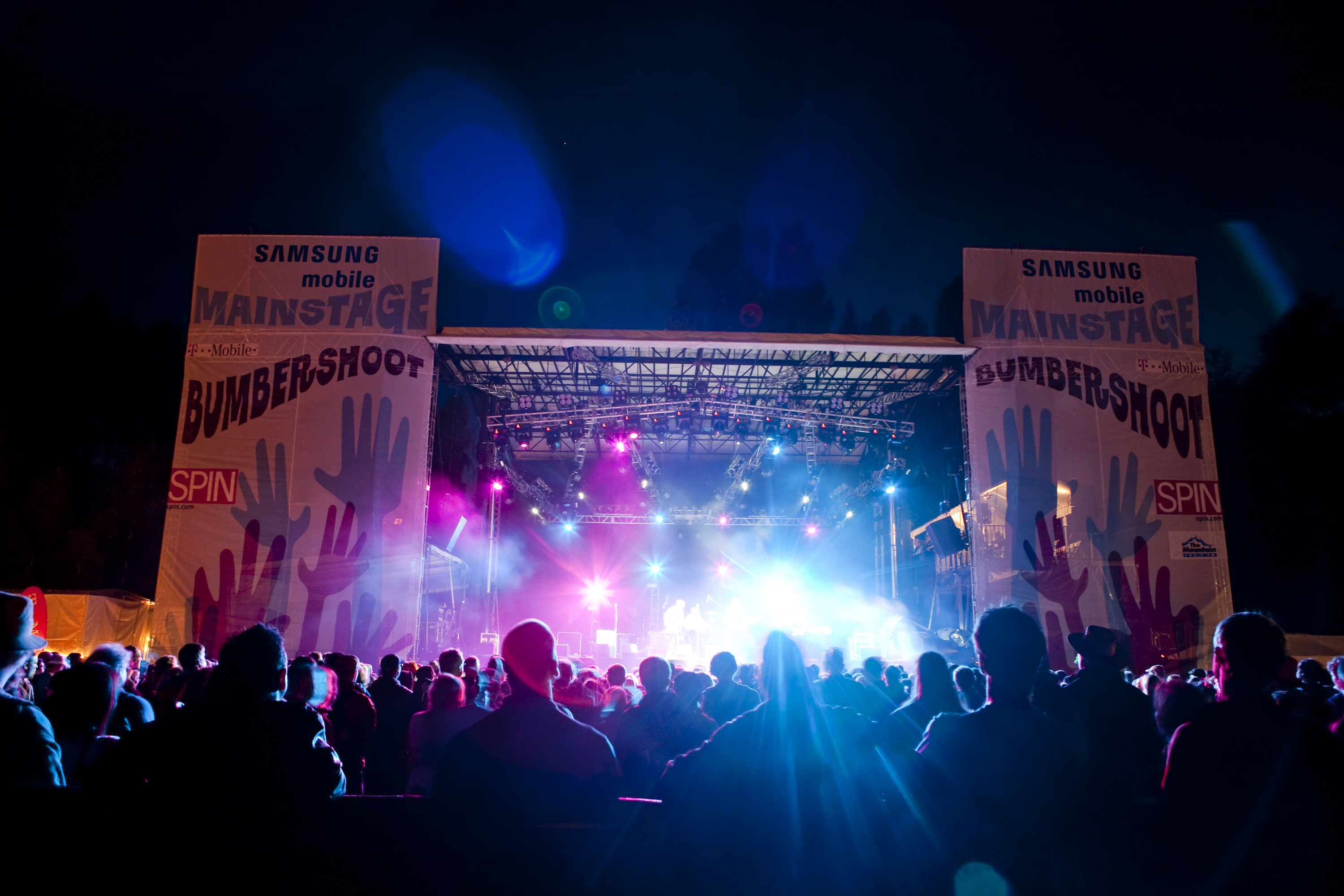When it comes to the finances of major festivals, people are generally in awe of the revenue generated or left with a sick feeling in their gut—and certainly a hole in their wallet. The coming of the new year has raised questions about ticket pricing for some Seattle-area festivals, with 2015’s passing of the revised Special Events Ordinance by the Seattle City Council. Members of the community have since expressed concern about small-festival ticket prices skyrocketing to Bumbershoot levels.
So why did this happen, and what lies ahead for the other smaller festivals in the Seattle area?
What Was Passed?
The City Council of Seattle has passed legislation that will impact the way festivals are held in Seattle. After the 10 pages of definitions and legalese, the bill outlines updated responsibilities for the already-established “Special Events Committee,” comprised of various city executives and a small panel of involved citizens. It then lays out the new process by which this Committee will define an event as “special” and the extra processes involved for the companies holding “special events.”
Based on the language of the ordinance, it appears that there will be additional fees levied on “special events” for their use of city properties such as arterial highways, parks, etc. Additionally, it’s worth noting that the committee will have two events representatives on it, as well as a community organizer. Kind of a version of London’s Night Mayor, maybe.
To have a better understanding of how the whole thing works, we spoke with the current Special Events Director, Chris Swenson, about the pay structure of the new ordinance that was passed late last this year. The original Special Events Ordinance was passed in 1991. Its purpose was to better manage Special Events in the city and encourage Special Events on city property. According to Chris the ordinance purposefully “established a deeply subsidized permit fee structure with an attendance-estimate-based fee structure with no cost recovery for police or City resources.”
The City realized that the Ordinance, policy, and fee structure were out of sync with industry standards, and that the deep (80% overall) subsidy of City resources and expenses to support these events was unsustainable.
Since the the passing of the original Ordinance, Special Events Permits have increased from 24 annual permits to 300 by 2011. Seattle had created a monster, so to speak. The rise in special events which occur almost every day of the year has seriously burdened the city financially. The City of Seattle worked from 2012 until late 2015 to better address the issue.
Prior to the passing of the amended Special Events Ordinance, fees were assessed based on the number of expected participants. The new fee structure is based on street use and the city resources assigned to support the event. The new fee structure “eliminates double-charging for events that are already paying separate use-fees to parks, and adds some police officer cost recovery to commercial and athletic events.”
The new Special Event Permit fee-for-use structure has two components:
- All events (except for free speech events) pay a fee based on the number of streets, type of streets, and length of time streets are being used, and also pay fees for commercial vendors and beer gardens within the event
- Commercial and athletic events additionally pay a fee for Seattle Police Officers assigned directly to the event for traffic control or on-site safety/security
How does this translate to ticket sales for certain events around Seattle? Mr. Swenson provided DMNW with a breakdown of payment tiers over the next 2 years. According to the projections, The Fremont Oktoberfest, for example, would have a ticket price increase of less than $1.00 per ticket. The same goes for The Capitol Hill Block Party by the year 2017. Here is the breakdown we received from the City:
[accordion-group title=”Special Events Committee Cost Breakdown”]
Fremont Oktoberfest
Categorized Commercial (Ticketed entry, not open to general public)
| 2015 Special Event Permit Fee | $6,897 |
| 2015 Cost of Officers Assigned to Event | $29,048 |
| 2015 Cost to City to Support Event | $22,151 |
| 2016 Special Event Permit Fee Projection | $10,793 |
| 2016 Cost to City to Support Event | $18,255 |
The $3,896 permit fee increase from 2015 is a $0.25 per ticket increase (on 15,500 tickets sold).
| 2017 Special Event Permit Fee Projection | $18,230 |
| 2017 Cost to City to Support Event | $10,818 |
The $11,333 permit fee increase from 2015 is a $0.73 per ticket increase (on 15,500 tickets sold).
Capitol Hill Block Party
Categorized Commercial (Ticketed entry, not open to general public)
| 2015 Special Event Permit Fee | $8,900 |
| 2015 Cost of Officers Assigned to Event | $59,175 |
| 2015 Cost to City to Support Event | $50,275 |
| 2016 Special Event Permit Fee Projection | $14,526 |
| 2016 Cost to City to Support Event | $44,649 |
The $5,626 permit fee increase from 2015 is a $0.22 per ticket increase (on 26,100 tickets sold).
| 2017 Special Event Permit Fee Projection | $23,102 |
| 2017 Cost to City to Support Event | $36,073 |
The $14,202 permit fee increase from 2015 is a $0.54 per ticket increase (on 26,100 tickets sold).
[/accordion-group]
How Do Other Organizations Feel About The New Fees?
Last year, concerns were raised by The Fremont Chamber of Commerce about the sudden hike. One point of focus was The Fremont Oktoberfest. The 2015 permit fee was $4,897 but the fee will skyrocket to $36,508, according to Phil Megenhardt, President of the Fremont Chamber Of Commerce, in an interview with the Seattle Times. The Fremont Oktoberfest is hosted by the Fremont Chamber of Commerce and generates around $70,000 in revenue. Megenhardt expressed his fear that The Fremont Oktoberfest would head the direction of Bumbershoot.
“I don’t think their intent in any way is to put us out of business, but you can see the Bumbershoot effect this would have. We’d have to raise our ticket prices or cut back the size. The spirit of the event just changes. Bumbershoot was just the first domino to fall.”
What Happened With Bumbershoot?
It is fair for people like Megenhardt to be concerned when you understand the effect that subsidies, or lack of subsidies, have had on Seattle festivals. No story demonstrates this better than the tumultuous history of Bumbershoot. Here is the condensed version:
Bumbershoot was once heavily subsidized by the Seattle government, due to their outpouring of support for the arts. The City of Seattle even had a budget appropriation for the festival, Seattle Center was used for free, and some Seattle Center staffers were volunteers for the Festival.
Over time, that budget appropriation has literally disappeared, The Seattle Center charges rent, and the Festival is run by an entertainment group called AEG (Anschutz Entertainment Group). Let us be clear in saying that Bumbershoot is still an amazing festival to go to, but many believe it has lost the spirit it had when it was produced by a non-profit.
Seattle’s appropriation for the Bumbershoot festival was alive and well all the way up until the 1980’s. That’s when a company called One Reel stepped in to help manage and promote the event. From there, the contribution from the city began to decline until 1990 when One Reel assumed full control of the festival.
One Reel is a not-for-profit organization. Their only goal was to maintain the festival as an essential part of Seattle’s culture. It was a successful but uneasy couple of decades, and One Reel almost went out of business a handful of times. Then in 2014, when it looked like Bumbershoot was not going to weather its latest financial woes, One Reel penned a deal with AEG to keep the festival alive. Essentially, AEG came to save the day—or the three days, in this case—but with that deal came much higher festival ticket prices.
The price increase is likely due to the new talent booking model that has been put in place. One Reel still curates lesser-known and local acts, along with the artists and comedians that pepper the festival. AEG handles the major artist bookings that draw the majority of the crowd. With those bigger headliners comes a higher ticket price. It’s pretty simple math that happens almost everywhere.
So how does this relate to the rest of the festivals in the Seattle area? What the city of Seattle is proposing could have the same financial impact on other festivals in the area as it did when it relinquished Bumbershoot. While the new cause for high ticket prices is different from what happened to Bumbershoot, the effect will likely be very much the same: More money out of your wallet.
What Will Be The Long Term Effects?
The proposal suggests that the city would charge more for “for-profit” events like the Rock-n-Roll Marathon than it would for community events such as a street fair. The problem is, if you take a look at the city’s list of events, there are some baffling classifications of what is considered a commercial event. For instance, the Annual Great Figgy Pudding Caroling Competition is an annual community event that charges no admission, with all the proceeds going to our senior citizens. It is classified as a commercial event.
From the data that Swenson provided us, it doesn’t appear these new event permit fees will have much of an impact on ticket sales at this time. As a result, it won’t be the ordinance itself that affects ticket prices but its ancillary effects. The potential for corporate sponsors moving in, partnerships with corporate entities, and other back-end deals to supplant the increased fees.
DMNW did reach out to the Fremont Chamber of Commerce to ask why they had represented such concern to the Seattle Times, but we are still waiting on official comment. AEG has declined to comment at this time. Jason Lajeunesse, owner of Capitol Hill Block Party, acknowledged that the fees will be rising, but has not told us if the new fees will effect tickets for the event this year.
In the current financial state of our local and state governments, it is understandable that we need to figure out a way to cover our budget shortfalls. This festival fee is associated with all the costs the city incurs to allow any organization to host or promote a festival: Added police, street closures, traffic detours, etc. We can’t speak to the efficacy of the new festival fees, but if it does go the way of Bumbershoot, we could see our much smaller festivals be adversely effected.
So here’s the question: Should the city subsidize our festivals in order to keep them in the hands of local companies, or should we raise the festival fees in order to pay for other vital social programs in the city? We’ll let you come to your own conclusion. Ultimately we will just have to wait and see how this new structure works out in the future.
(H/T Seattle Times)
Important things happen in Pacific Northwest nightlife, and DMNW will send you alerts!

